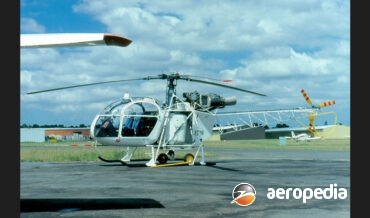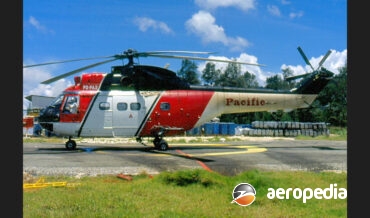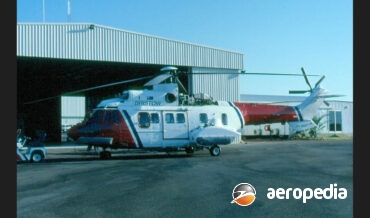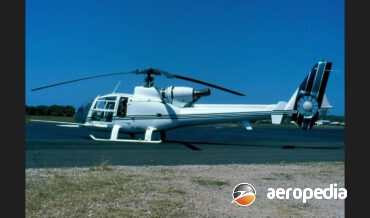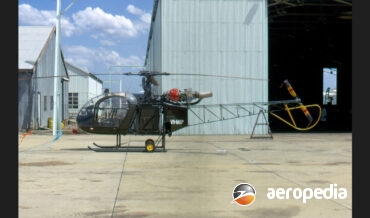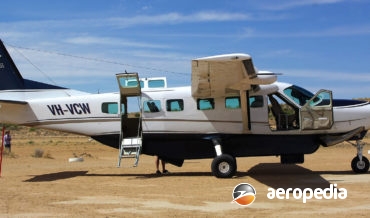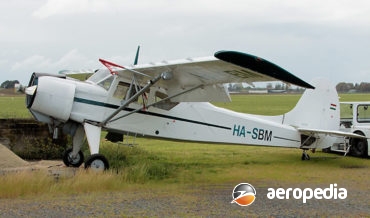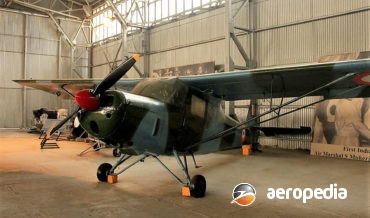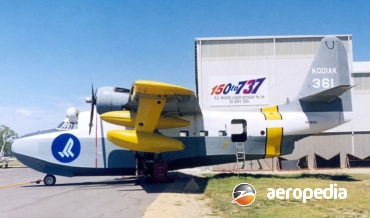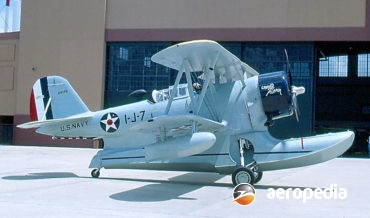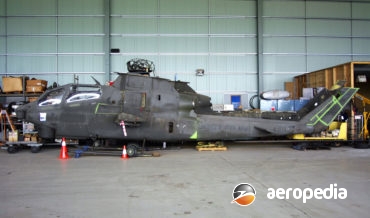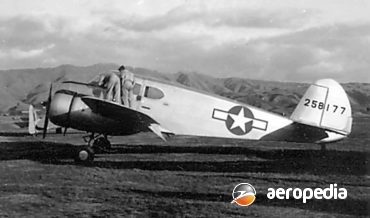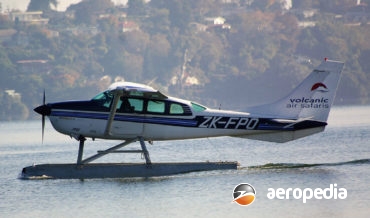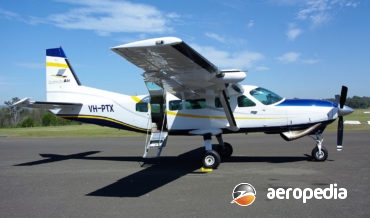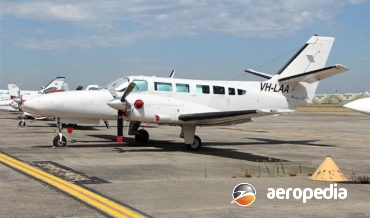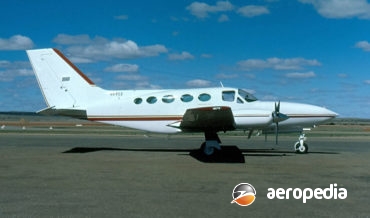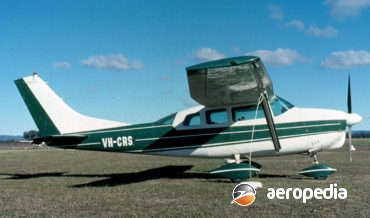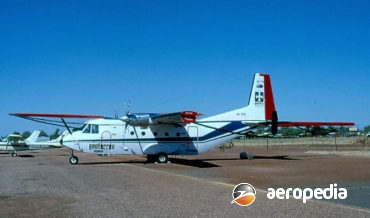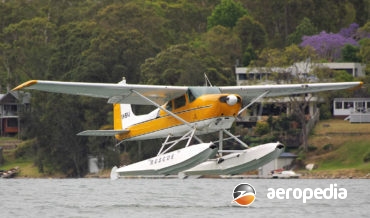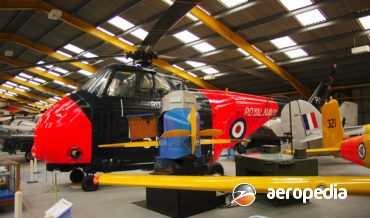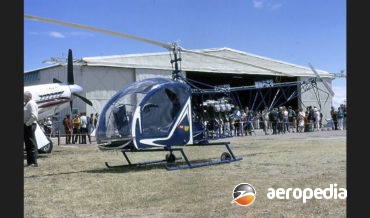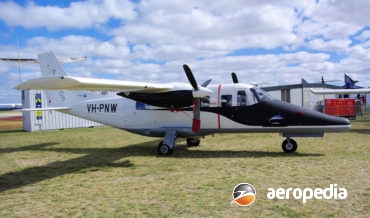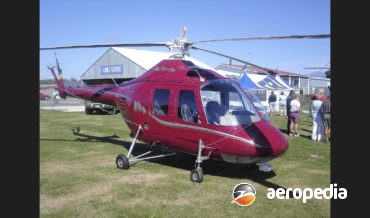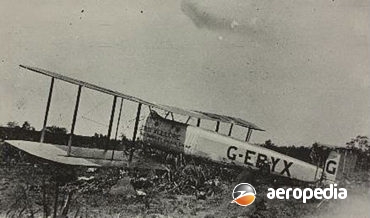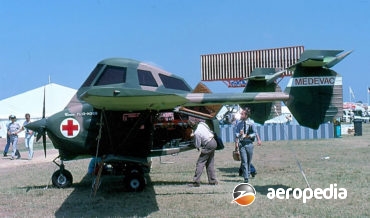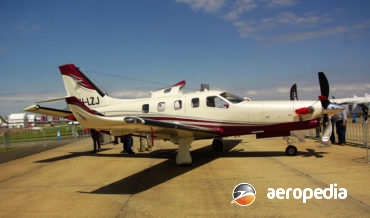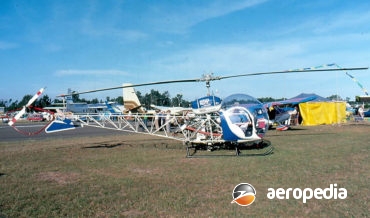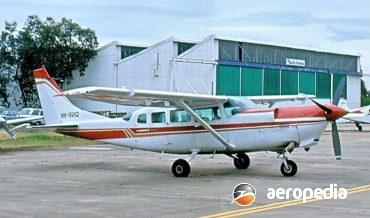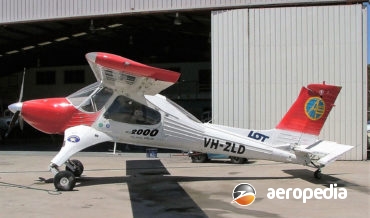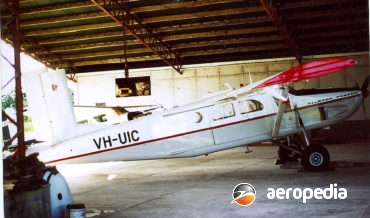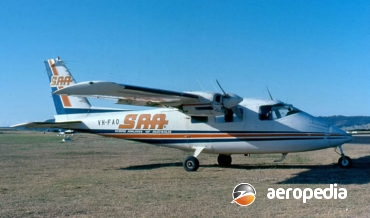All Contents
Contents
The Lama was developed by Aerospatiale in France mainly to meet the requirements of the Indian armed forces for a light utility helicopter.
David C. Eyre
- June 26, 2020
The Puma series of helicopters was designed and developed by the National Aerospatiale Company in France in the early 1960s to meet a requirement of the French Army for a medium-lift, twin-engine, helicopter.
David C. Eyre
- June 26, 2020
The AS 332 Super Puma was a development of the SA 330 Puma, which flew for the first time in April 1965.
David C. Eyre
- June 26, 2020
Developed as a general-purpose, light-weight helicopter for military and civil use, the Gazelle was produced in large quantities both by Aerospatiale in France and Westland in the United Kingdom, as well as being assembled in Yugoslavia.
David C. Eyre
- June 26, 2020
Designed by the French company, Sud Aviation, which later became part of Aerospatiale, the national aerospace company, the Alouette II was one of the early success stories in the development, production and marketing of helicopters in France.
David C. Eyre
- June 26, 2020
Following the success of the 208 and 208A, Cessna decided to extend the fuselage to permit a greater payload.
David C. Eyre
- March 23, 2020
The PZL 101 Gawron is a single engine rugged utility aircraft which was built in some numbers in Poland for the Eastern Europe market, being produced by WSK-Okecie, this company later becoming known as PZL Warszawa-Okecia and is a development of the Soviet-built Yakovlev Yak 12M.
David C. Eyre
- March 23, 2020
The Krishak was manufactured by Hindustan Aeronautics Ltd of Bangalore as the HAOP-27 air-observation post and liaison monoplane for the Indian Air Force to replace the Auster AOP-9.
David C. Eyre
- August 24, 2019
The Hughes 500 series was chosen for development for the US Army in 1961 as the OH-6A, and five prototypes were ordered for evaluation in competition with the Bell OH-4A and the Hiller OH-5A.
David C. Eyre
- August 24, 2019
Stanley Hill Jr designed the Model 360 helicopter and offered it for commercial sale in 1948. Subsequently the designation Hiller 360 was dropped in favour of UH-12, and later models were known simply as the 12C, 12E, etc.
David C. Eyre
- August 24, 2019
In 1944 Grumman commenced design of a successor to the successful Goose amphibian and, known as the G-64 Albatross, the first of two prototypes flew on 24 October 1947.
David C. Eyre
- May 19, 2019
Leroy Grumman was born on 4 January, 1885 in New York and learnt to fly in 1918, becoming a test pilot and engineer at the US Naval Aircraft Factory in 1920.
David C. Eyre
- May 19, 2019
In June 1955 the Bell Helicopter Company won a US Army contest to design a new utility helicopter.
David C. Eyre
- May 19, 2019
The Bell Model 209 or AH-1 was a redesigned Iroquois with a gunner and pilot in tandem, a chin turret fitted with a 7.62 mm (0.30 in) Minigun, or 40 mm grenade launchers, and with stub wings carrying four weapons pylons.
David C. Eyre
- May 19, 2019
Affectionately known as the Bamboo Bomber, cloth moth, and double breasted Stearman, the Cessna Bobcat, known as the Crane in RCAF service, was built by the Cessna Aircraft Company at Wichita, Kansas, some 5,402 examples being completed.
David C. Eyre
- May 17, 2019
The Cessna 205 was a derivative of the Model 210 fitted with a fixed undercarriage and increased passengercapacity.
David C. Eyre
- May 17, 2019
Basically the Cessna 207 was a lengthened development of the Cessna 206 designed to improve load-carrying capability whilst retaining the operating economics of that aircraft.
David C. Eyre
- May 17, 2019
The Cessna Caravan I was a completely new utility transport designed by the Cessna Company, and was the largest single-engine aircraft in the company’s line.
David C. Eyre
- May 17, 2019
The Model 406 Caravan II was developed as a joint venture between Cessna and its French associate, Reims Aviation, for the utility market. Reims has built over 6,000 Cessna-designed aircraft over the years and it was initially a joint concern but in 1989 Cessna sold its interest to the
David C. Eyre
- May 17, 2019
On 10 December 1969 Cessna announced it was introducing a new pressurised twin-engine aircraft known as the Model 414 and this aircraft combined the basic fuselage and tail unit of the Model 421 with the wing of the Model 401 fitted with two Continental TSIO-520-J turbo-supercharged engines driving three-blade constant-speed
David C. Eyre
- May 17, 2019
The Model 205 was introduced into the Cessna range in August 1962 as a utility transport to suit operators which required a larger aircraft than the Model 185 Skywagon.
David C. Eyre
- May 17, 2019
The C212 Aviocar was a development of the CASA Aviocar STOL military aircraft designed to replace the Junkers Ju-52 and the Douglas C-47 in Spanish Airforce service.
David C. Eyre
- May 17, 2019
The Cessna 180 series of aircraft commenced production in February 1953 and continued until, like other single-engine Cessna models, it ceased in 1981 after some 6,193 examples had been built.
David C. Eyre
- May 17, 2019
Intended to meet the requirements of ‘bush’ fliers around the world, the Cessna 185 was designed a s a rugged utility aircraft.
David C. Eyre
- May 17, 2019
The Whirlwind was a development of the Sikorsky S-55, the prototype HAR-1 (XA862) flying for the first time on 21 August 1953 powered by a 448-kw (600-hp) Pratt & Whitney R-1340-40 radial engine and was later delivered to the Royal Navy.
David C. Eyre
- May 8, 2019
The Philicopter did not represent the first venture into the production of a commercial helicopter by an Australian company but it, like the Wikopter and the Moser, built in the 1960s, was one of the first. However none in fact have entered production.
David C. Eyre
- May 8, 2019
The A-Viator is a development of the Partenavia P-68 series, the production of which was acquired by Vulcanair SPA which carries out its operations from Casoriain in Italy.
David C. Eyre
- May 8, 2019
The Vazar Dash 3 is a conversion by the Vardax Corporation of Bellingham, Washington, of the de Havilland DHC-3 Otter to take a turboprop powerplant, the company in recent years being known as Vazar Aerospace.
David C. Eyre
- May 8, 2019
The Hummingbird is a kit-built helicopter produced by Vertical Aviation Technologies of Sanford, Florida.
David C. Eyre
- May 8, 2019
The Type 134 Vellore I was designed by Rex Pierson, Chief Designer of VICkers Aviation at Weybridge in Surry to meet an Air Ministry Specification (34/24).
David C. Eyre
- May 8, 2019
To meet customer requirement, Transavia continued with further development of the basic Airtruk, and this led to the Model T-320 Airtruk fitted with the Rolls Royce/Continental Tiara 6-320-2B engine producing 239-kw (320-hp).
David C. Eyre
- May 8, 2019
The TBM-900 is a development of the business and executive / utility aircraft series produced in France since it was introduced to the market in 1990, examples being operated over the years by the French Arm and Air Force, with 324 TBM-700s being delivered, followed by 338 TBM-850s, being replaced
David C. Eyre
- May 8, 2019
For many years Soloy Conversions in the United States has been involved in converting of aircraft and helicopters to turbine power, using the Allison 250 range of turbines.
David C. Eyre
- May 8, 2019
The Hiller UH-12 series of utility helicopters has been in service world-wide for many years, being produced by the original Hiller company and was known as the Model 360 family, and some were produced by Fairchild-Hiller, , being supported by Hiller Aviation Inc which produced new or re-manufactured examples until
David C. Eyre
- May 8, 2019
Soloy Aviation Solutions has for many years been involved in converting aircraft and helicopters to turbine power and aircraft involved have included the Cessna 206, 207, 208 etc.
David C. Eyre
- May 8, 2019
PZL was founded in 1928 and has been involved in the construction of aeroplanes for many years.
David C. Eyre
- May 8, 2019
Pilatus Flugzeugwerke was formed in December 1939 under the leadership of M E Buehrle, the Swiss industrialist and owner of the Oerlikon company.
David C. Eyre
- May 8, 2019
The P-68 series of light transports was designed by Professor Luigi Pascale and placed in production in Italy by Partenavia in 1972. The prototype (I-TWIN) was flown on 25 May 1970, and this was followed by ten pre-production aircraft, these having a slightly shorter fuselage than the production aircraft, the
David C. Eyre
- May 8, 2019
The Wilga (ie Thrush) was designed and built in Poland by Polskie Zaklady Lothicze (PZL) as a light general purpose utility aircraft and the prototype, known as the Wilga I (SP-PAZ), fitted with an indigenous 145-kw (195-hp) Narkiewicz WN-6B engine, flew for the first time on 24 April 1962.
David C. Eyre
- May 8, 2019
The PAC 750 series, as noted elsewhere was developed from the Cresco agricultural series of aircraft, which itself was developed from the Fletcher FU-24 series.
David C. Eyre
- May 8, 2019
Recent Comments
Archives
Categories
- No categories
Categories
- No categories
Latest Posts
Newsletter

